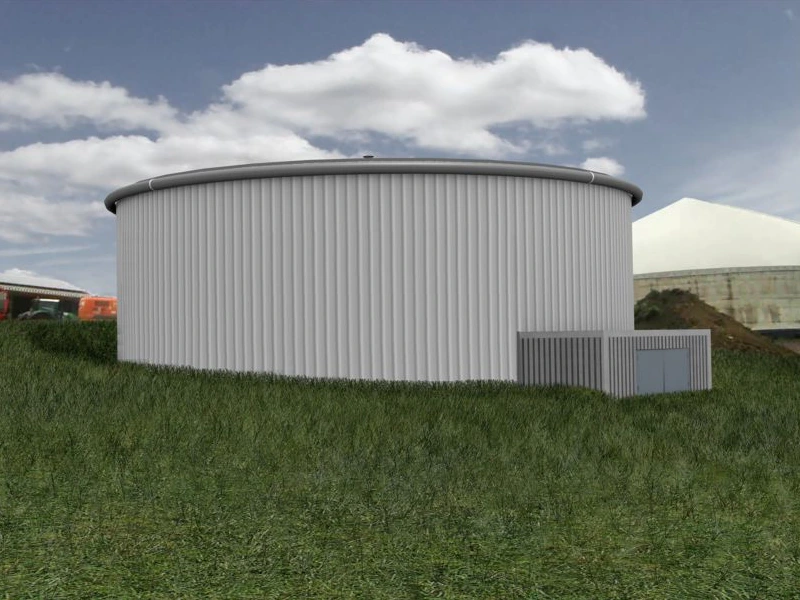-
-
Service & Garantien
Service & Garantien

Solar district and local heating systems supply numerous buildings with heat from a central heating system through a district heating network. The range of applications varies from local heating systems for new residential areas and neighborhoods to systems for energy villages and integration into large urban district heating systems.
In the connected buildings, the supplied heat is used for space heating and domestic hot water heating. In solar district heating networks, large collector fields are used to harness solar energy as the primary heat source. The location of the collector fields is highly flexible. The collectors can be placed directly at the heating center or outside of towns.
To store the generated solar heat, the network itself can act as a short-term heat storage system, allowing the full effectiveness of the solar thermal system to be utilized. In order to provide the generated heat energy over the long term, large heat storage systems are necessary. To increase the coverage of solar thermal energy, seasonal long-term heat storage is used. These long-term heat storage systems can store some of the solar heat generated during the summer months and release it in the winter, where it can be used for space heating and domestic hot water heating. The larger the storage systems, the lower their specific energy losses and costs.
The benefits of integrating solar thermal energy into district and local heating systems arise particularly from long-term planning security regarding heat generation costs and the simple technical operation of such systems. In addition, there is the use of renewable and emission-free heat, which contributes to a positive image and high acceptance in the community.
Solar thermal heating networks are often combined with other heat sources, such as combined heat and power plants, heat pumps, or industrial heat. It is also possible to expand existing district heating networks with solar thermal collectors. Other positive aspects of solar thermal heating networks include the ability to supply buildings with solar energy that would otherwise have no option to use solar thermal systems. Additionally, the costs for large collector areas are lower than for several smaller solar systems on each individual building, as less installation and piping material is required. The district heating network also allows for future expansion of the solar system to increase the solar share of heat generation. Therefore, solar district heating is a step toward a permanently future-proof, CO₂-neutral heat supply for larger properties or entire neighborhoods.
AKOTEC Solar Thermal